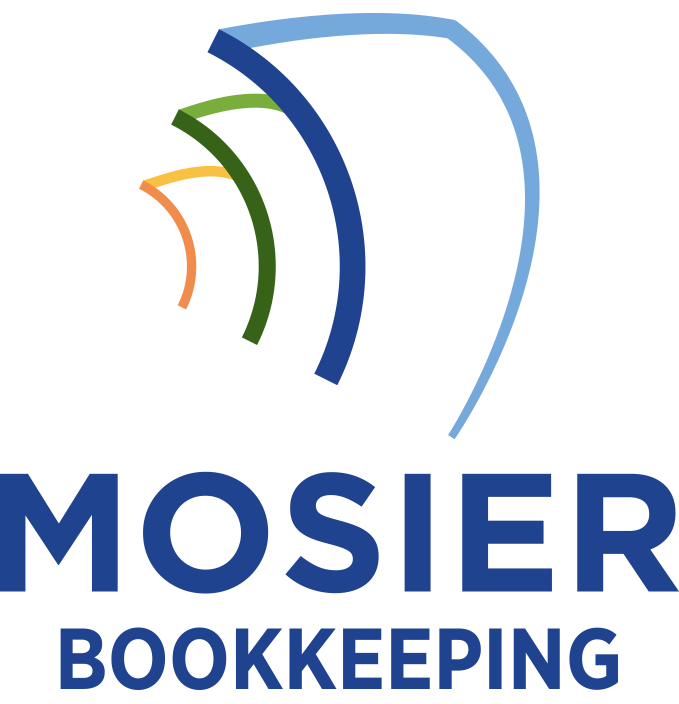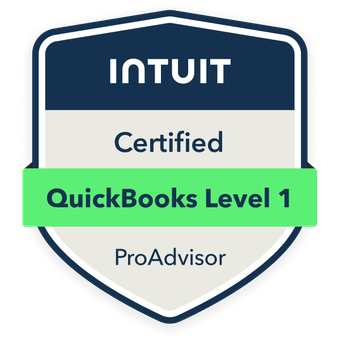To handle cybersecurity bookkeeping effectively, I recommend establishing dedicated cost centers and specific general ledger accounts for tracking security-related expenses across hardware, software, personnel, and compliance categories. You’ll need to separately monitor capital and operational expenses while maintaining detailed documentation of security asset lifecycles and regulatory requirements. Create clear audit trails for incident response costs and digital asset depreciation. The following sections will equip you with essential practices for thorough security expense management.
Understanding Cybersecurity Cost Categories and Classifications

When tracking cybersecurity expenses, businesses must first establish clear cost categories that align with their security initiatives and accounting frameworks. I’ll help you classify these costs into essential groups: hardware investments (firewalls, servers), software licenses and subscriptions, security personnel salaries, training and certification programs, incident response services, and compliance-related expenditures.
I recommend creating distinct general ledger accounts for each category to maintain granular visibility into your security spending. You’ll also need separate classifications for capital expenditures versus operational costs, as they’ll impact your financial statements differently and have distinct tax implications.
Essential Bookkeeping Practices for Security Investments
To effectively manage cybersecurity investments, you’ll need robust bookkeeping practices that capture detailed transaction records while maintaining strict audit trails. I recommend implementing a dedicated cost center for security expenditures and tracking both capital and operational expenses separately. You’ll want to document each security asset’s lifecycle, from procurement to depreciation.
Create specific general ledger accounts for security software licenses, hardware investments, and professional services. I insist on maintaining detailed documentation for compliance requirements, including invoices, contracts, and certification costs. Track security training expenses and incident response costs distinctly to assess your security program’s total financial impact.
Tracking Compliance and Regulatory Expenses
I’ll help you understand how tracking cybersecurity compliance expenses requires meticulous attention to audit costs, including external assessors, internal labor, and system evaluations. Your documentation storage requirements must account for both digital and physical records maintenance, with associated costs for secure storage solutions and retention periods mandated by various regulations. When managing regulatory training expenses, I recommend categorizing them by specific compliance frameworks (such as GDPR, HIPAA, or PCI DSS) to accurately allocate costs and demonstrate your commitment to maintaining regulatory standards.
Monitoring Audit Costs
Since cybersecurity audits represent significant operational expenses, accurately tracking these costs is essential for maintaining precise financial records and regulatory compliance. I recommend creating dedicated audit cost centers to monitor both internal and external audit expenses. I categorize these into direct costs like auditor fees, software licenses, and assessment tools, plus indirect costs including staff time and resource allocation.
I track audit-related costs by project phase, ensuring clear documentation of pre-audit preparation, actual audit execution, and post-audit remediation expenses. This granular approach helps me identify cost patterns, optimize future audit budgets, and demonstrate ROI to stakeholders.
Documentation Storage Requirements
Building on proper audit cost tracking, documentation storage demands specific accounting considerations to meet regulatory requirements. I’ll help you implement secure storage protocols that protect sensitive financial data while maintaining regulatory compliance.
- Store all cybersecurity-related receipts, invoices, and contracts in encrypted cloud platforms with multi-factor authentication
- Maintain digital audit trails for a minimum of seven years, tracking all access and modifications
- Archive documentation of security certifications, compliance reports, and penetration test results
- Implement role-based access controls for financial records related to cybersecurity investments
I recommend separating cybersecurity documentation from general accounting records while ensuring seamless integration with your existing bookkeeping system.
Regulatory Training Expenses
Properly tracking regulatory training expenses represents a critical component of cybersecurity accounting, as these costs directly impact both compliance requirements and tax deductions. I recommend creating dedicated cost centers to monitor employee certification programs, compliance workshops, and security awareness training.
I’ll help you categorize these expenses into capital versus operational expenditures. You’ll need to track per-employee training costs, third-party instructor fees, and learning management system subscriptions. I suggest implementing a tracking system that separates mandatory compliance training from discretionary security education to optimize your tax position and demonstrate regulatory adherence during audits.
Managing Digital Asset Depreciation and Amortization
I’ll help you understand how to track both software license costs and hardware asset depreciation in your cybersecurity bookkeeping practices. Your digital asset management should include systematic documentation of software license renewals, upgrade paths, and end-of-life dates while calculating appropriate depreciation schedules for physical security infrastructure. Managing cybersecurity insurance expenses requires meticulous tracking of premium payments, coverage periods, and any specialized riders that protect your digital assets’ value throughout their lifecycle.
Software License Cost Management
Countless organizations struggle to properly track and manage their software license costs, especially when implementing robust cybersecurity measures. I’ll help you take control of these expenses through strategic bookkeeping practices that protect your bottom line while maintaining security compliance.
- Track each license’s acquisition cost, renewal dates, and depreciation schedule in a centralized asset management system
- Document subscription-based licenses as operational expenses while capitalizing perpetual licenses
- Maintain detailed records of user assignments and deployment locations for audit readiness
- Implement automated license monitoring tools to prevent overspending and verify continuous compliance
This systematic approach strengthens your security posture while optimizing software investments through precise financial management.
Hardware Asset Value Tracking
Accurate tracking of hardware asset values represents a vital component of cybersecurity-focused bookkeeping, particularly when managing depreciation schedules for servers, workstations, and network infrastructure.
I recommend implementing a robust asset management system that tracks purchase dates, costs, expected lifespans, and security specifications. You’ll need to calculate depreciation rates based on both standard wear and technological obsolescence – essential factors in cybersecurity hardware.
I prioritize tracking hardware replacement cycles to maintain ideal security postures. By monitoring these metrics, you’ll strengthen your financial reporting while ensuring your cybersecurity investments align with regulatory compliance requirements and risk management strategies.
Cybersecurity Insurance Expenses
How do organizations effectively manage the complex interplay between cybersecurity insurance premiums and digital asset depreciation? I’ll show you how to maximize tax benefits while ensuring robust security coverage through proper expense tracking.
- Track premium payments as operating expenses, categorizing them separately from traditional insurance to demonstrate security investment
- Document coverage specifics, including breach response services and digital asset protection limits
- Calculate correlation between insurance costs and reduced depreciation schedules for protected assets
- Monitor premium adjustments based on implemented security controls and maintain detailed records for audit trails
These practices strengthen your financial position while demonstrating security maturity to stakeholders and regulators.
Documenting Incident Response and Recovery Costs

When cybersecurity incidents strike, documenting the associated costs becomes critical for both financial accuracy and compliance requirements. I recommend creating separate ledger accounts for immediate response expenses, including forensics, legal consultations, and emergency IT services. I maintain detailed records of system restoration costs, data recovery efforts, and any ransomware payments if applicable.
I track both direct and indirect losses, such as business interruption costs, customer notification expenses, and reputation management services. I’ll help you establish clear audit trails by documenting timestamps, responsible parties, and specific remediation actions taken. This granular approach guarantees accurate insurance claims and regulatory reporting.
Best Practices for Secure Financial Record-Keeping
Maintaining robust financial record-keeping requires implementing multi-layered security controls and protocols. I’ve found that secure bookkeeping practices must integrate both cybersecurity measures and traditional accounting controls to protect sensitive financial data.
- Implement end-to-end encryption for all financial transactions and records
- Deploy multi-factor authentication for access to accounting systems and databases
- Establish role-based access controls with strict user permissions and audit logs
- Create encrypted, immutable backups with geographical redundancy
I guarantee these controls align with regulatory requirements like SOX, GDPR, and PCI DSS while maintaining the integrity of your financial data through automated monitoring and regular security assessments.









